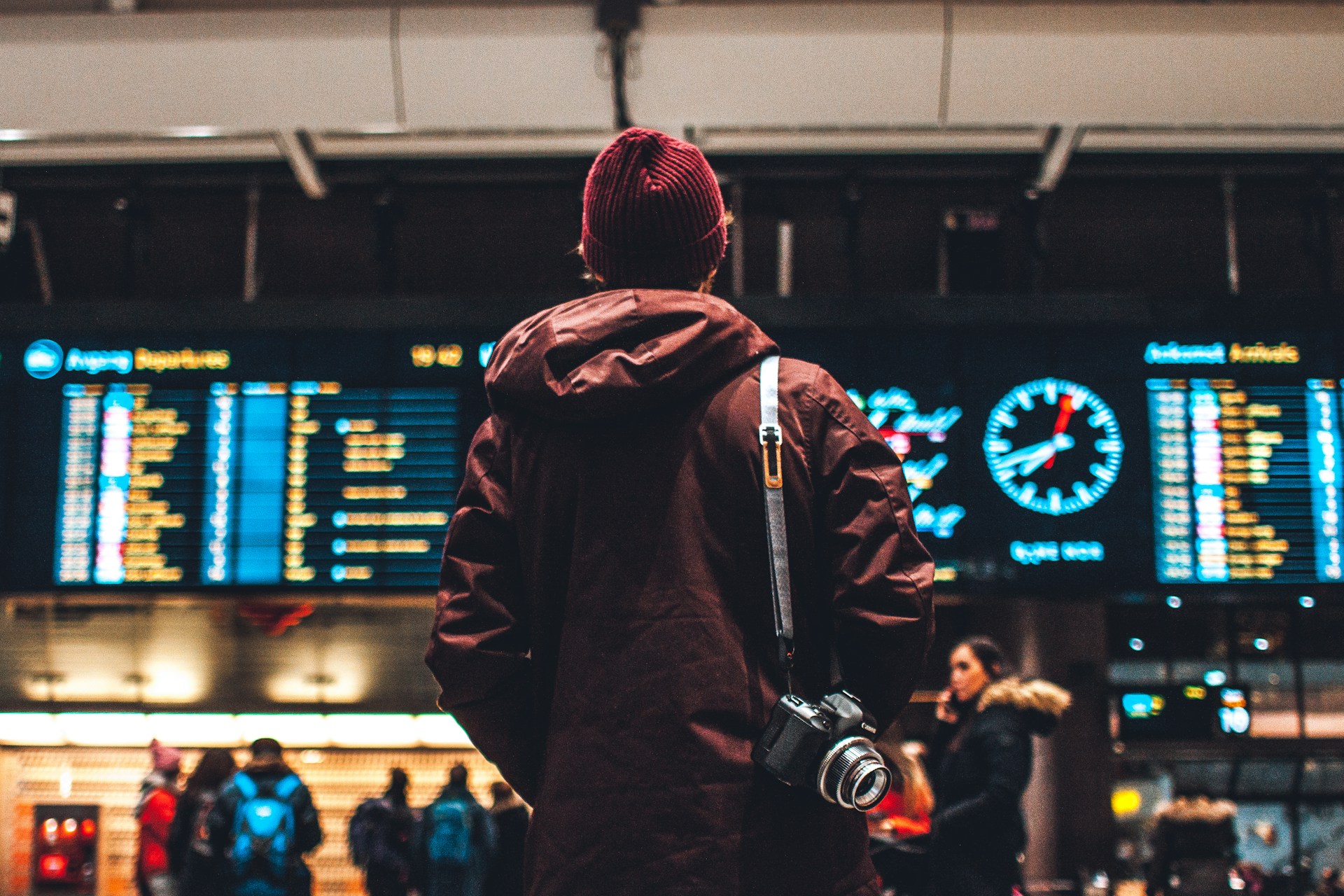While many travellers associate air travel with long-haul journeys spanning continents, a surprising number of scheduled flights cover distances many would rather drive. Take, for instance, the 245-kilometre route from Vienna to Klagenfurt in Austria. While a train journey takes roughly four hours, a flight covers the distance in just 55 minutes.
However, as aviation data platform OAG highlights, this is far from the shortest flight available. The world of aviation is filled with ultra-short “hops” that cross international borders, often lasting less time than it takes to board.
The shortest international flight in the world is the 19-kilometre journey between the Caribbean islands of Sint Maarten and Anguilla, operated by Anguilla Air Services. The flight itself lasts less than ten minutes. A route of the same distance, 19 kilometres, is flown by Monacair helicopters between Monaco and Nice, clocking in at just seven minutes.
Perhaps most curious are the micro-routes flown by major jets. Air France, for example, operates a 24-kilometre tag-on flight with a Dreamliner. After flying from Paris to Brazzaville (Republic of Congo), it hops across the Congo River to Kinshasa (Democratic Republic of Congo). This brief river crossing is also serviced by carriers like Royal Air Maroc and TAAG Angola Airlines.
The Caribbean remains a hotspot for these quick jumps, with 15-minute flights connecting St. Barthélemy to both the French and Dutch sides of Saint Martin (31km), and Winair operating a 44km flight from Saba—famed for having the world’s shortest commercial runway.
From Short Hops to Risky Connections
Whilst these ultra-short flights are a logistical marvel, there is another kind of short duration in air travel that causes significant headaches for passengers: the tight connection.
Nearly every frequent traveller has experienced the stress: a sprint through a crowded terminal, lamenting the decision to book such a tight layover, all while dragging a trolley bag. While delays can happen to anyone, travel experts argue that part of the problem is that airlines permit passengers to book these high-risk itineraries in the first place.
Professionals advise travellers not to be tempted by the promise of a quicker overall trip time, as it leaves absolutely no margin for error if anything goes wrong.
How Airlines Determine “Legal” Layover Times
It is the airlines themselves, not government regulators, that determine the minimum connection time (MCT) required for a passenger to transfer between flights.
According to Airlines for America, the trade association for major US carriers, airlines establish these internal rules specific to each airport. They consider factors like the terminal layout, the specific concourses for inbound and connecting flights, and whether the itinerary is domestic or international.
The organisation noted that factors like the average time needed to deplane an arriving flight and the time needed to board the connecting flight are calculated. An airline’s reservation system is programmed not to build an itinerary that violates its own internal minimums.
Expert Warning: “Legal” Does Not Mean “Practical”
Despite these system safeguards, many travel professionals warn that the resulting itineraries are often unrealistic for the average passenger.
“On average, 35 minutes is what they consider a legal connection,” notes Loulu Lima, founder of the travel agency Book Here Give Here. Lima clarifies that “legal” simply means it aligns with the airline’s internal policy, but it is frequently not enough time, especially if the first flight is delayed or even just taxis to the gate slowly.
The risk is so high that Lima requires clients to sign a waiver if they insist on booking such tight connections. “The chances of you missing your connection are so high,” she said. “I don’t want to be responsible for that.”
What Constitutes a Safe Connection Time?
For travellers seeking a stress-free journey, advisers suggest ignoring the airline “minimums” and booking a more generous buffer.
As a general rule of thumb, experts recommend at least 60 to 90 minutes between domestic flights. For international itineraries, where passengers may need to change terminals, clear immigration, or re-check baggage, a minimum of two to three hours is advised.
Lima cautions that passengers must also consider personal factors that airline systems ignore. “Let’s take into account: how fast do you walk? How much are you willing to hustle?” she asked. “What if you’re a family and you travelled with a baby and you need your stroller? … Do you need a wheelchair?” These, Lima notes, are the “moving pieces” that can make the difference between catching a flight and being stranded at the gate.
